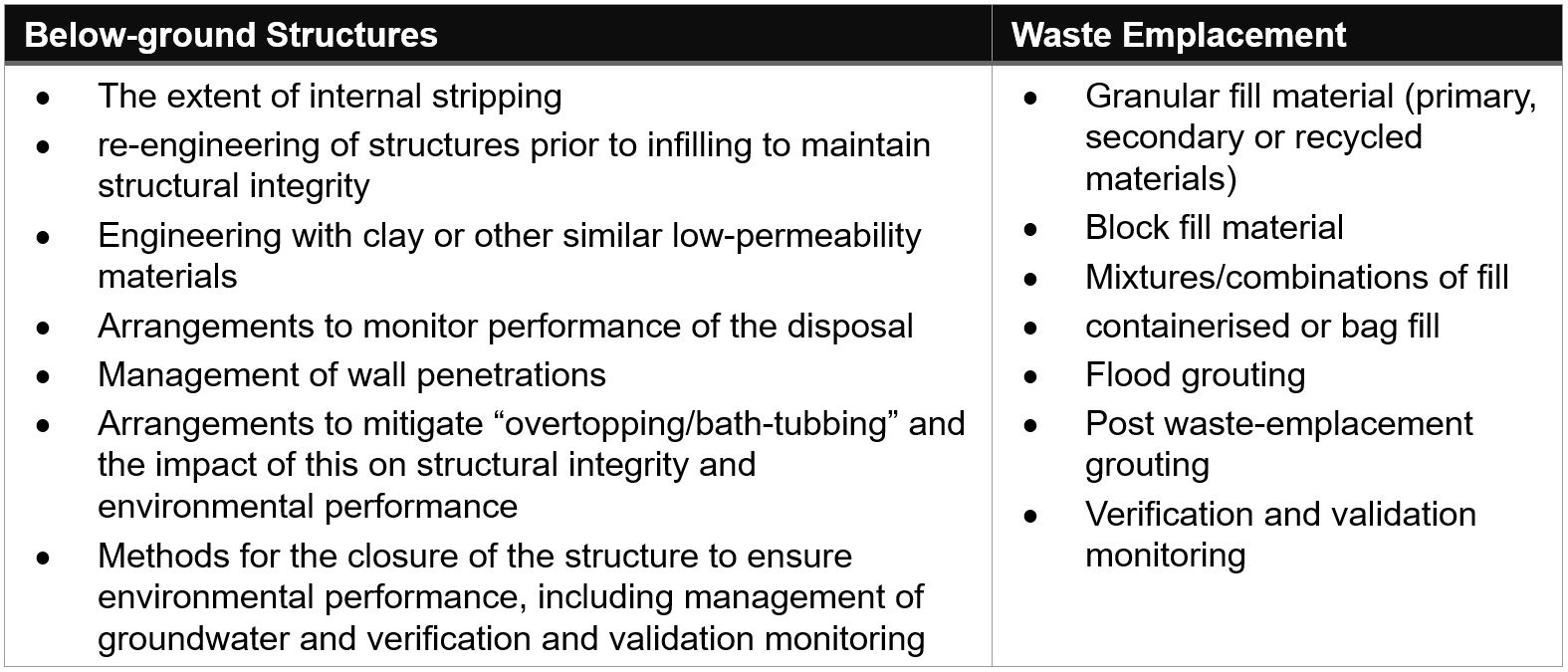Planning for RSR Permit Surrender at UK Nuclear Sites
In the UK, nuclear sites require a permit under the Radioactive Substances Regulations (RSR) for the radioactive waste they generate and manage. As sites undergo decommissioning, nuclear operators need to prepare to relinquish their permits — but planning for this must start now.
How do they go about this? Nuclear sites follow regulatory guidance from Management of radioactive waste from decommissioning of nuclear sites: Guidance on Requirements for Release from Radioactive Substances Regulations’ (the GRR)*. A feature of the GRR is that it allows disposal of suitable wastes in-situ or disposal of waste into existing below-ground structures on the site, if this represents the optimized solution and can receive all necessary regulatory approvals.
AECOM is at the forefront on GRR consultancy for how to plan the end-states for nuclear sites. We assisted the Environment Agency (EA) in identifying the worldwide experience that exists on how below-ground structures have been used in the recent past, both in the nuclear and non-nuclear sectors. Our team translated this information into a format that readily informs its inspectors, so that they can provide advice and assess prospective applications under GRR to support permit surrender.
In-situ disposal and the disposal of wastes into existing structures are not new concepts, but have been associated with large void spaces, such as quarries or mineshafts for conventional waste disposal. The use of smaller, below-ground structures as waste repositories appears to be less common.
Our team explored the following topics (see tables below) with regulatory and nuclear site operator representatives and created two reports: one for the use of below-ground structures and one for waste emplacement considerations into these structures. These reports are now part of the EA’s toolkit for provision of advice and/or assessment of prospective applications under the GRR.

The approach to GRR implementation will evolve as UK nuclear sites work through their end-state strategy and assessments, as well as when they liaise with their environment regulators. It is crucial that those in the industry share their experiences, learning and information so that developments from one nuclear site can be applied, where appropriate, to others.
* Management of radioactive waste from decommissioning of nuclear sites: Guidance on Requirements for Release from Radioactive Substances Regulation, Version 1.0: July 2018






